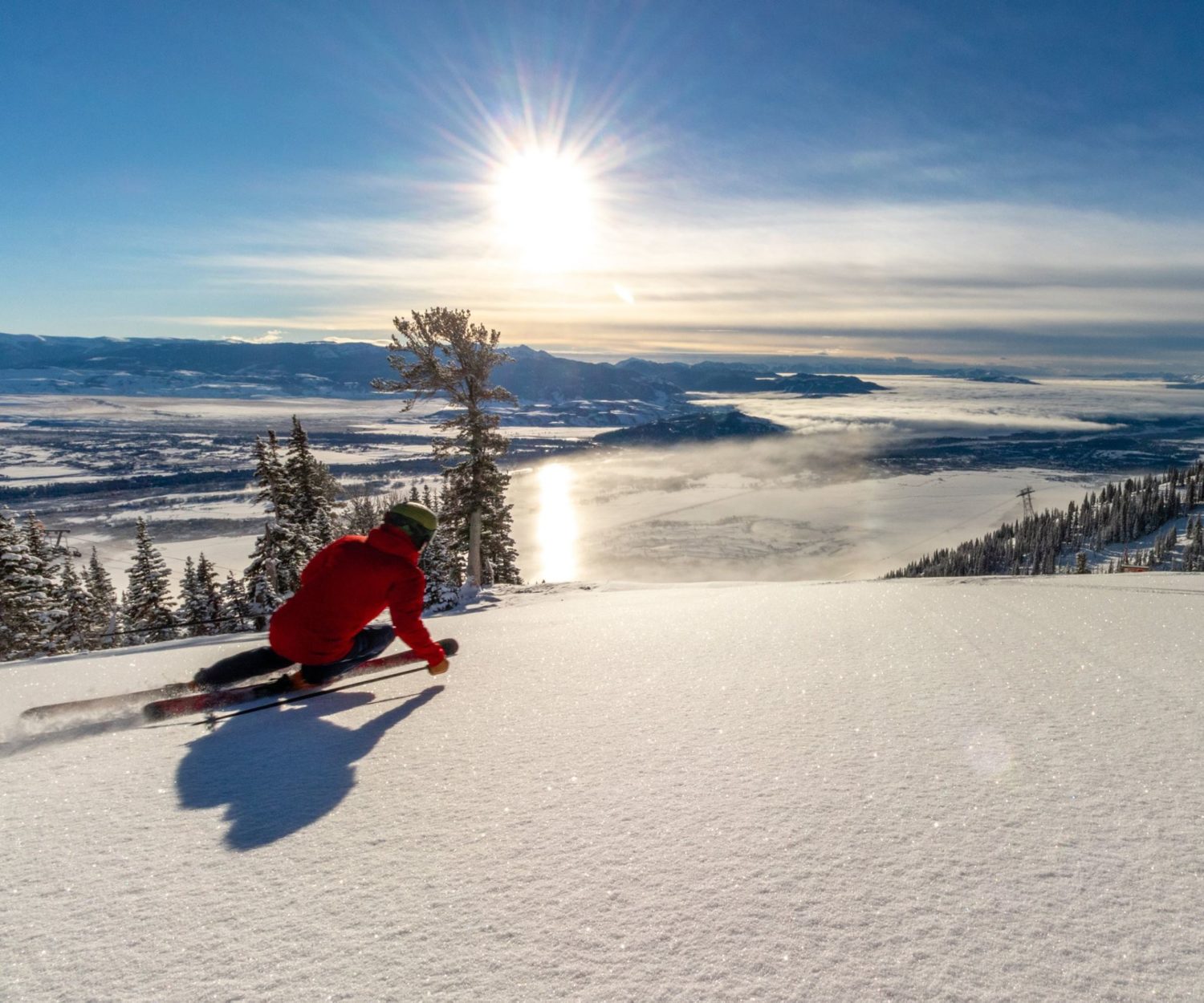
Ahhh summer… the time for fun in the sun with a change in pace and scenery. Cracking a cold beer, hiking up a nice 14er, and hanging out by the water are all things that come to my mind when the real feel changes from 25°F to 95°F. A personal summer favorite of mine is cliff jumping, but with many injuries (and in some cases fatalities) appearing in the news recently it is a reminder to all who enjoy this activity that it does not come without risks.
Contents
1. Before you even think about diving off a cliff you must be an expert swimmer. 2. Never go cliff jumping alone. 3. Make sure the water is deep enough. 4. You may experience some intense water pressure depending on the depth.5. Wear sneakers or water shoes. 6. Do not jump headfirst. 7. Keep your body tight and streamline when you jump.8. Blow out through your nose. 9. Be of sound mind. 10. Confidence is key.
Anyone, at the beginner level and even the expert level, should be prepared before they dive and be able to assess their surroundings. Keeping this in mind, here are ten essential tips for diving off a cliff safely.
1. Before you even think about diving off a cliff you must be an expert swimmer.
- Being comfortable in the water before hurling your body off a raised surface into an ocean, lake, or river is non-negotiable. Strong swimming ability is necessary for entering a body of water, properly breathing underwater, and getting back ashore. There is a reason why this is NUMERO UNO on the list!
2. Never go cliff jumping alone.
- Not only is it stupid to go jump off a cliff by yourself, but it’s also lonely. If you’re alone who would be there to capture that sick picture of you in mid-air?
3. Make sure the water is deep enough.
- Bruised feet, compound fractures, and paralyzation are all potential risks of cliff jumping; however, you can dramatically decrease the chance of these outcomes by properly assessing water depth. If the water is less than 4 meters deep, DO NOT jump! You can test the depth with a long stick or wade into the proposed jumping spot beforehand, but it is best if you can find an exact measurement. Additionally, if there are rocks at the bottom beware that they may appear deeper than they actually are.
4. You may experience some intense water pressure depending on the depth.
- Keep in mind that once you’ve jumped off the cliff and become submerged in water, you may experience pressure, especially in your ears. Do not panic, just calmly make your way to the surface, and the sensation should dissipate. If you experience a prolonged period of discomfort, block your nose, take a deep breath in, and blow out while keeping your mouth closed.
5. Wear sneakers or water shoes.
- To avoid bruising or cutting the bottom of your feet use a pair of sneakers or water shoes when cliff jumping.
6. Do not jump headfirst.
- Jump feet first when cliff jumping. Unless you’re an expert (and no, being a self-proclaimed expert doesn’t count), you put yourself at serious risk for injuries or death when you jump headfirst.
7. Keep your body tight and streamline when you jump.
- Keep your arms and legs in the vehicle at all times…This is what you should remember before you jump off the edge. Flailing arms and legs could hit surrounding objects or throw off your balance.
8. Blow out through your nose.
- As you hit the water remember to breath out through your nose. Doing this will keep any water from rushing up your nose, and will help to balance out the water pressure in your head.
9. Be of sound mind.
- Drinking and cliff jumping is irresponsible. If your judgement is in any way impaired when your participating in this ALREADY RISKY activity then you’re just being reckless with your own life. Don’t be stupid, and enjoy the brewski after you’ve gotten in some good jumps.
10. Confidence is key.
- You must be one hundred percent positive that you want to jump of that cliff. If you have a shred of doubt in your mind it could spell disaster for your jump. You want your body to be steady and in control before, during, and after your jump.





Can you add more rules? or less?
Shoes drastically increase the surface area on your feet
Can cause spinal issues
Drastically? Don’t be ridiculous. Maybe 10%